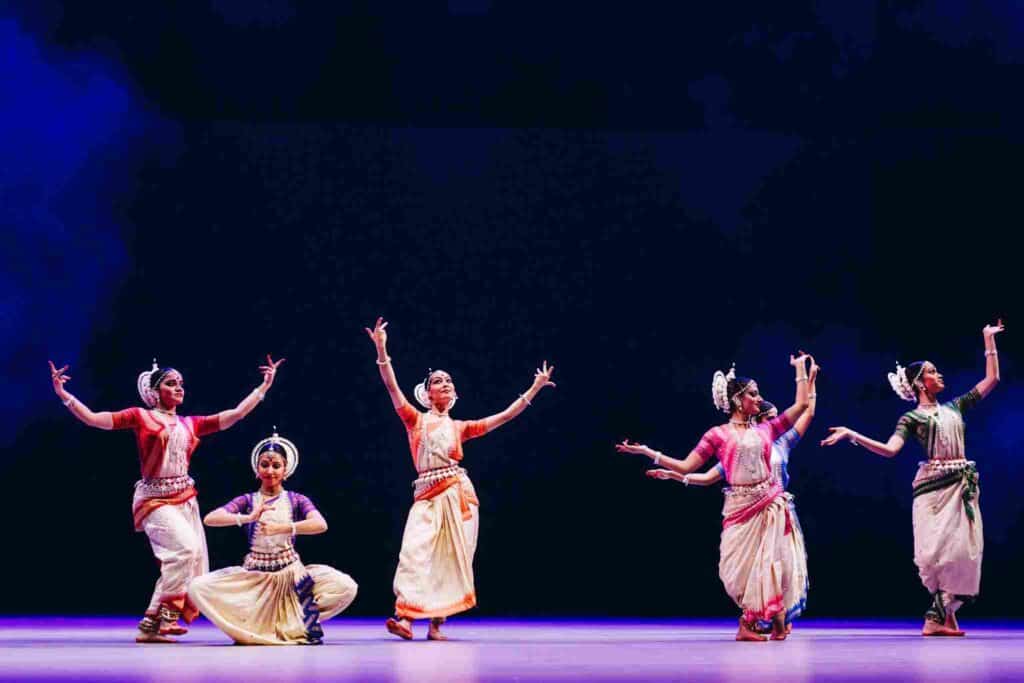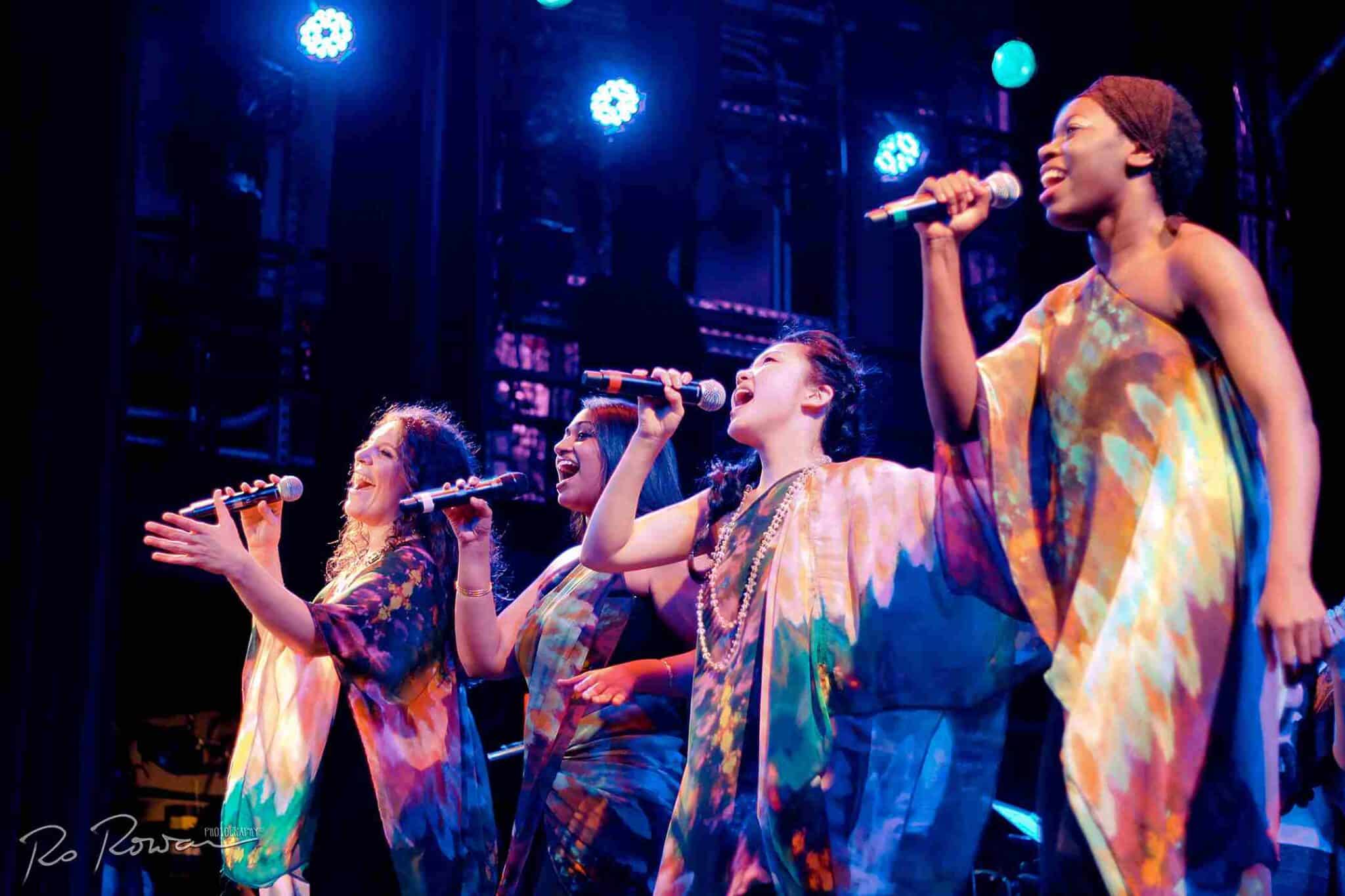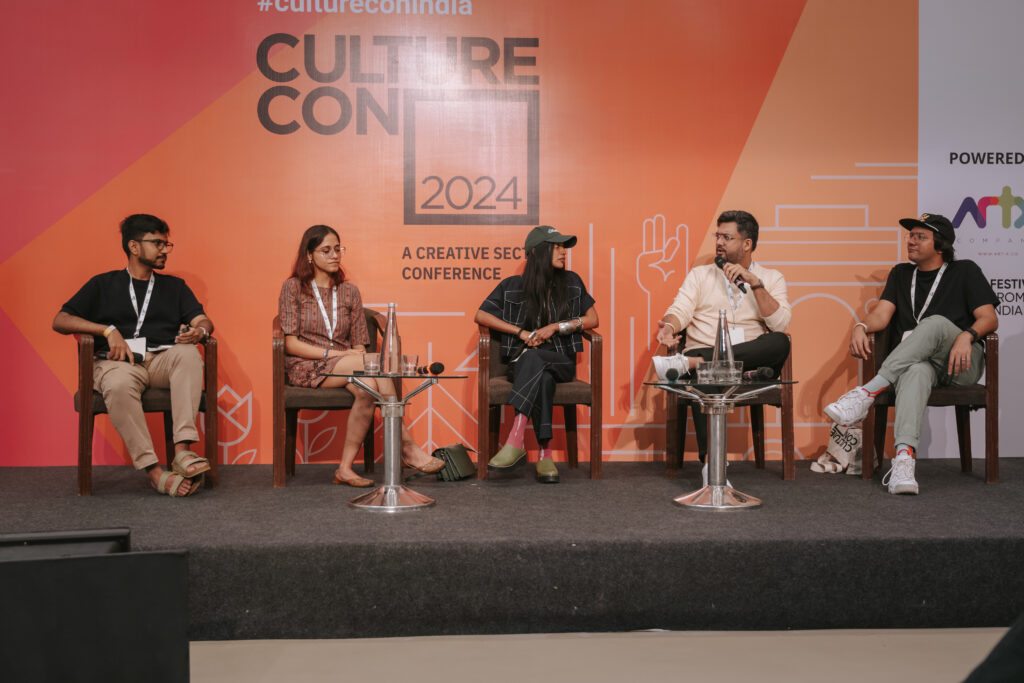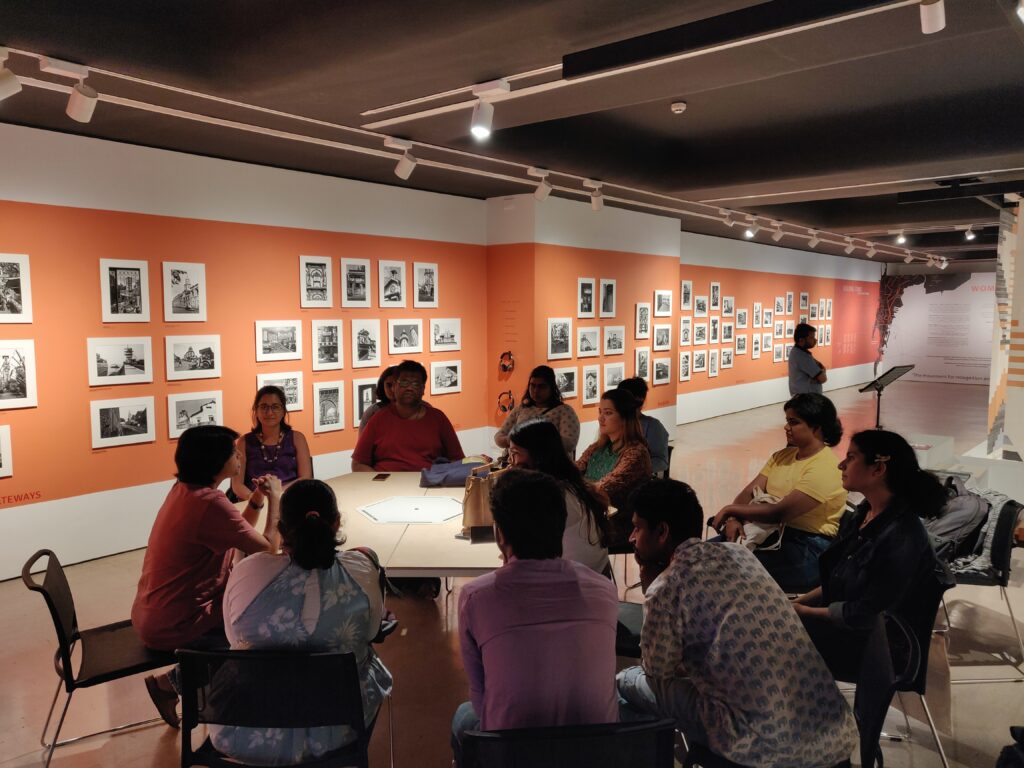Ruth Bader Ginsburg’s directive to ‘fight for the things that you care about but do it in a way that leads others to join you’ serves as a crucial guiding principle, particularly for leaders in the arts who possess the authority to influence policy for urban regeneration. As an Associate Justice of the Supreme Court in the US, Ginsburg was a trailblazer for human rights, advocating for marginalised communities and women across the world. During my time in India, I had the privilege of meeting numerous exemplary women in positions of power within the cultural sphere, diligently addressing inequalities with similar adept leadership and an inclusive approach to garner support.
The recently published British Council research delves into India’s culture and creative industries and spotlights women in the arts. The study highlights their entrepreneurial endeavours and examines the gender dynamics within the sector. While accentuating success stories, it also deliberates on potential solutions to the many challenges encountered by women. India’s G20 presidency in 2023 underscored the intrinsic connection between gender equality, cultural heritage, livelihoods, and sustainability, all directed towards fostering inclusive growth in alignment with UNESCO Sustainable Development Goals (SDGs).
To credit just a few women leaders for their long-standing commitment to shaping the future: Vidyun Singh, Programme Director of India Habitat Centre, in her series of festivals in Delhi; Rithu Sethi, Director of the National Crafts Revival Trust, working to empower women through arts enterprise; Smriti Rajgarhia, Director of Serendipity Arts Festival, raising the voice of marginalised artists in Goa each year; and Lily Pandeya, Joint Secretary at the Central Ministry of Culture, Government of India, working to upskill through policy for women in digital and heritage.

Most recently in London, at a joint conference hosted by the British Council and the Department for Business and Trade, Swati Janu, an architect at the Social Design Collaborative in Delhi, spoke about the impact of safe spaces for women and LGBTQI+ individuals in urban design and regeneration of cities. All are examples of women leading inclusive culture policy in urban regeneration.
This is for good reason when over 58% of the 200 million working in the crafts sector alone in India are women – they are the entrepreneurs, designers, makers, farmers, and homemakers. Of course, addressing social inclusion and urban regeneration is a challenge for all policymakers, women and men alike, but the Taking Place conference powerfully demonstrated when women experts are in positions of power – policy and regeneration is demonstrably more equal and often exponentially more inclusive.
Justine Simons OBE, the Deputy Mayor for Culture and the Creative Industries in London, spoke of structured, systematic and sustainable approaches to inclusive urban regeneration. In the vicinity of the 2012 Olympics Park, significant investment in multicultural Newham, in east London, is currently underway. This investment has led to the expansion of institutions such as the V&A, University of the Arts, BBC Music, and Sadler’s Wells Theatre, all of which are attracting jobs, students, and new cultural tourists to the area.
In London, one in five jobs are in the Creative Economy, generating £50 billion annually through festivals and visitor attractions in the experience economy. Notable examples include the British Museum, National Theatre, BFI Flare Festival, Birds Eye View Film Festival, London International Festival of Theatre (LIFT) and JLF at the British Library.
Justine Simons, along with other women arts and policy leaders from Hong Kong, the US, Africa and Scotland spoke at Taking Place about the regeneration of town and city-centres globally, including the World Cities Culture Forum which the Mayoralty in Bengaluru joined in 2023. Here are five key insights from the Taking Place conference:
- Women lead for inclusive change in urban regeneration
In Scotland, Collective Architecture, led by Director Jude Barber, significantly influenced policy and city planners in urban design through the Local Place Plan for Glasgow resulting in its declaration as the UK’s first Feminist City. In Delhi, Swati Janu, architect of the Social Design Collaboration, leads urban design efforts for safe spaces for women and the transgender community through thoughtful consideration of streetscapes, lighting and integrated retail and café society to ensure welcoming and safe urban designs.
- The importance of culture in urban design
Justine Simons provocatively addressed the importance of culture in urban design, highlighting its integral role across various public policy areas, such as identity, health, economy, education, housing, community and quality of life. She outlined a framework for integrating creativity into the planning system and “future-proofing” culture for the long term through infrastructure planning and public/private investment, as seen in the flagship East Bank development in London.
- Urban regeneration inspiring strategies from London
London’s urban regeneration strategies, characterised by policy change, integrated strategies, and women’s leadership, offer global insights. Initiatives such as Creative Enterprise Zones protect low-cost culture spaces, major projects like the East Bank attract millions of visitors, and tactical approaches support sectors at risk, such as music venues and affordable artists’ studios. Human connection is fostered through events like the London Borough of Culture, while culture drives tourism recovery post-Covid.
- Not everything that counts, can be counted
The arts sector contributes intangible benefits, including inspiring and connecting diverse communities. Culture’s soft power lies in making memories, learning, and building empathy through various activities, from school trips to digital library access to family theatre outings. Business Improvement Districts in London reimagine civic spaces, blending public and private investment for urban renewal, emphasising the importance of both measurable and immeasurable impacts.
- Urban planning turning spaces into places
Festivals serve as catalysts for urban and rural renewal, as demonstrated by the diverse array of events showcased on the Festivals from India platform. Whether green festivals in the mountains or LGBTQI film weekenders, festivals play a vital role in revitalising creative economies.
The Taking Place conference vividly demonstrated the impact of women leadership in shaping policy for urban regeneration, effectively converting short-term spaces into more inclusive and equitable communities.
Jonathan Kennedy is an Associate at CounterCulture.
For more articles on festivals in India, check out our Read section of this website.


![Performance by Vikram Iyengar at Ghare Baire [photography by Sujaan Mukherjee] Performance by Vikram Iyengar at Ghare Baire [photography by Sujaan Mukherjee]](https://www.festivalsfromindia.com/wp-content/uploads/2025/05/Performance-by-Vikram-Iyengar-at-Ghare-Baire-photography-by-Sujaan-Mukherjee-1024x683.jpg)

Share on